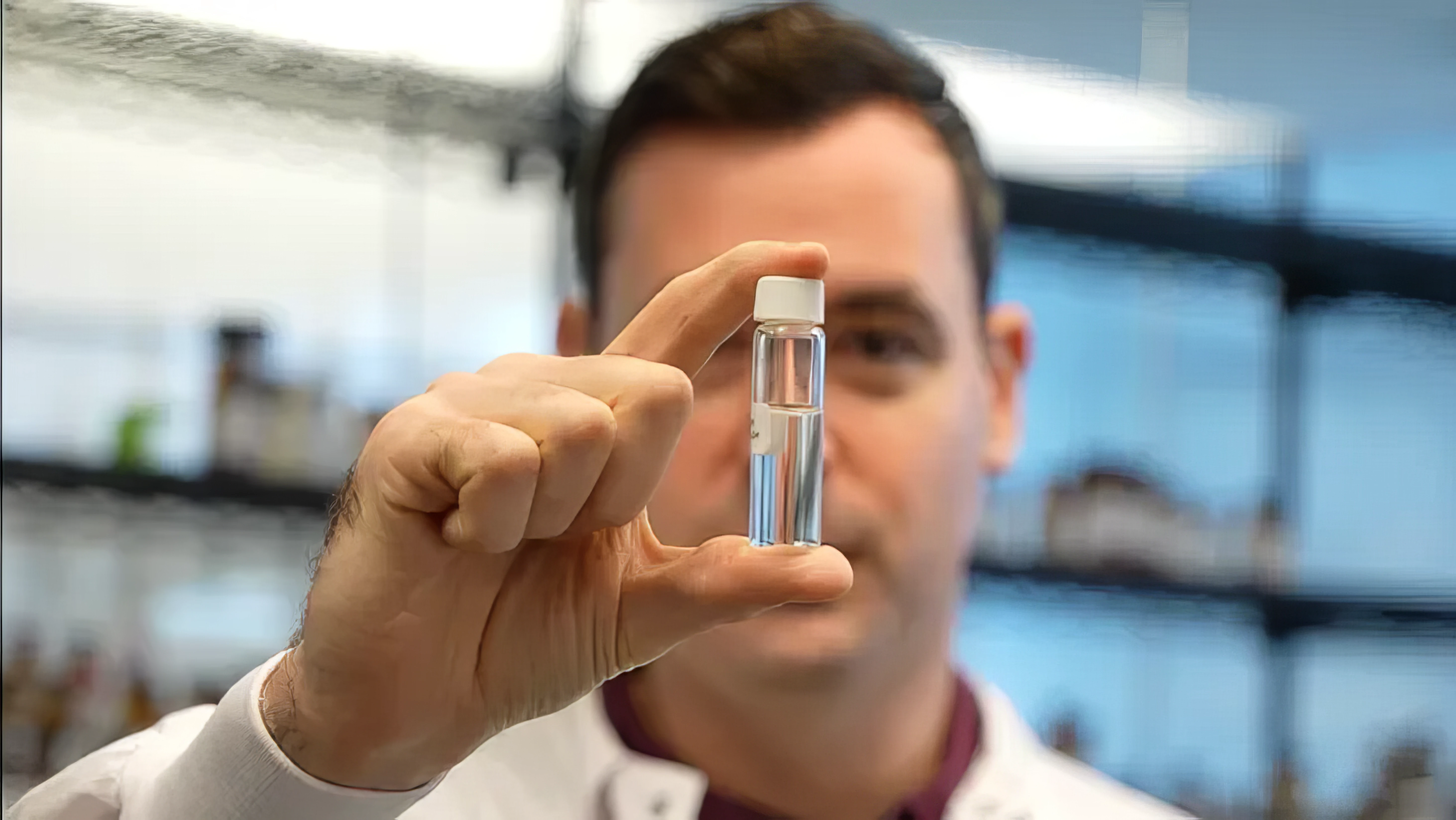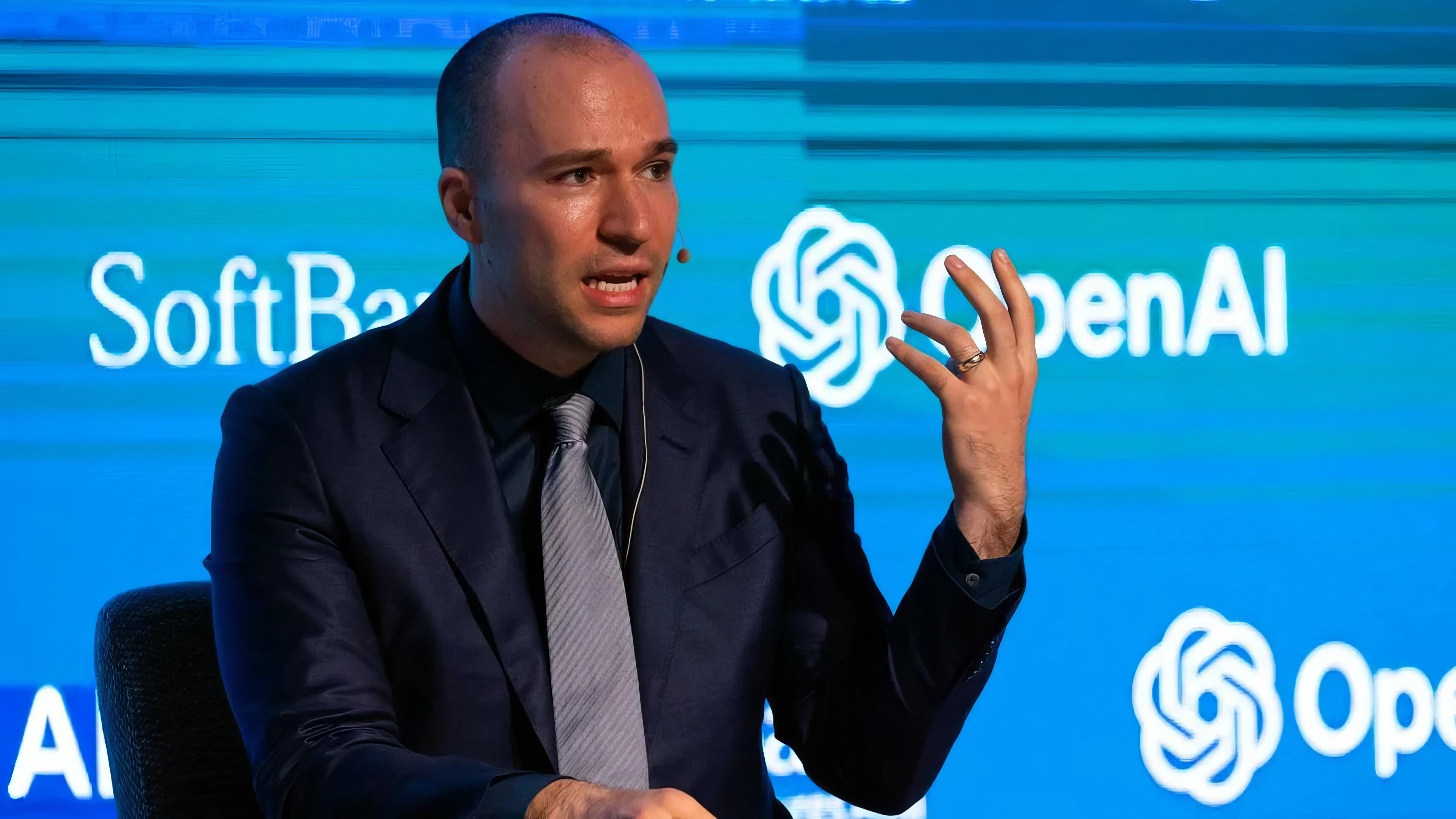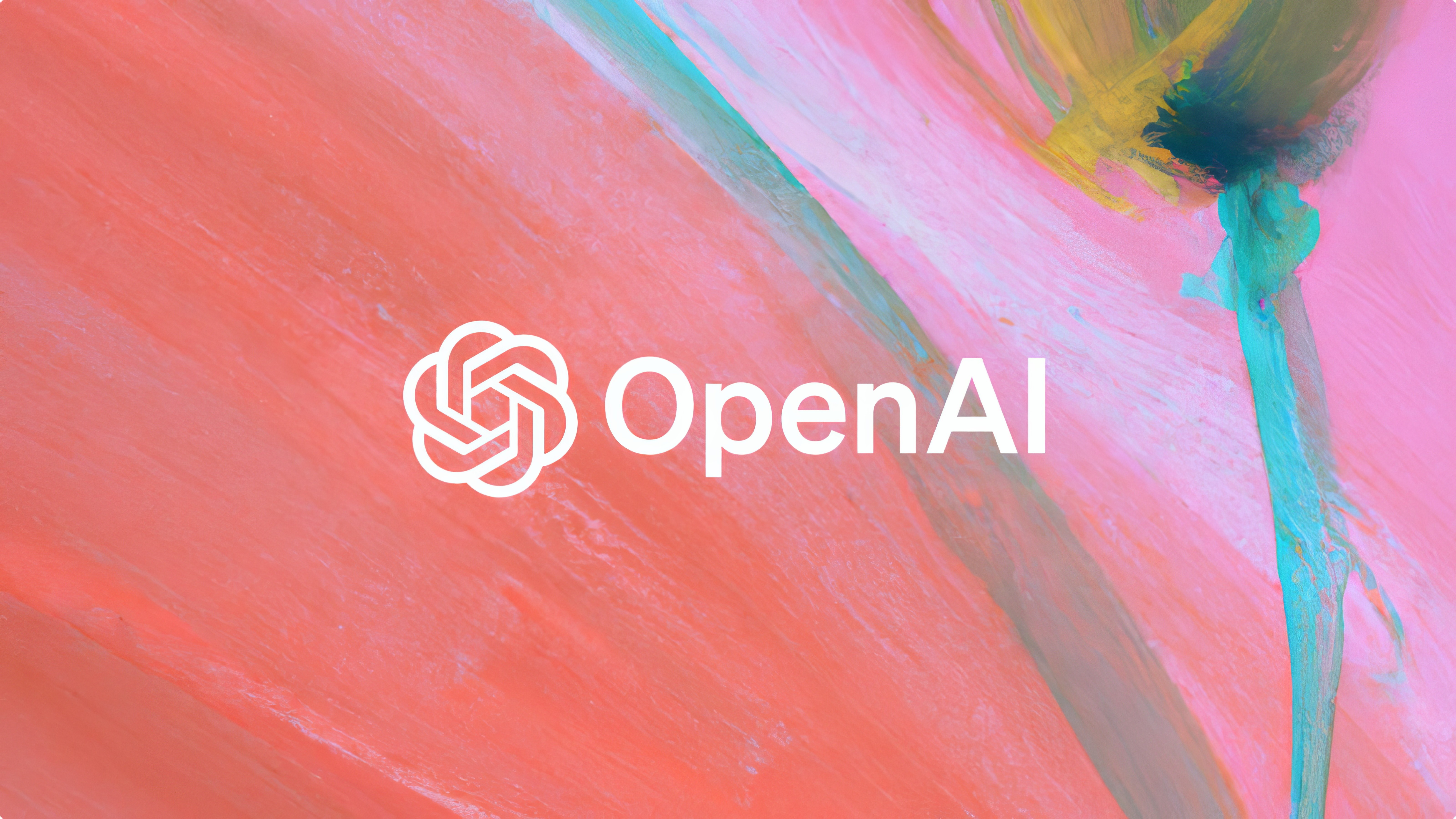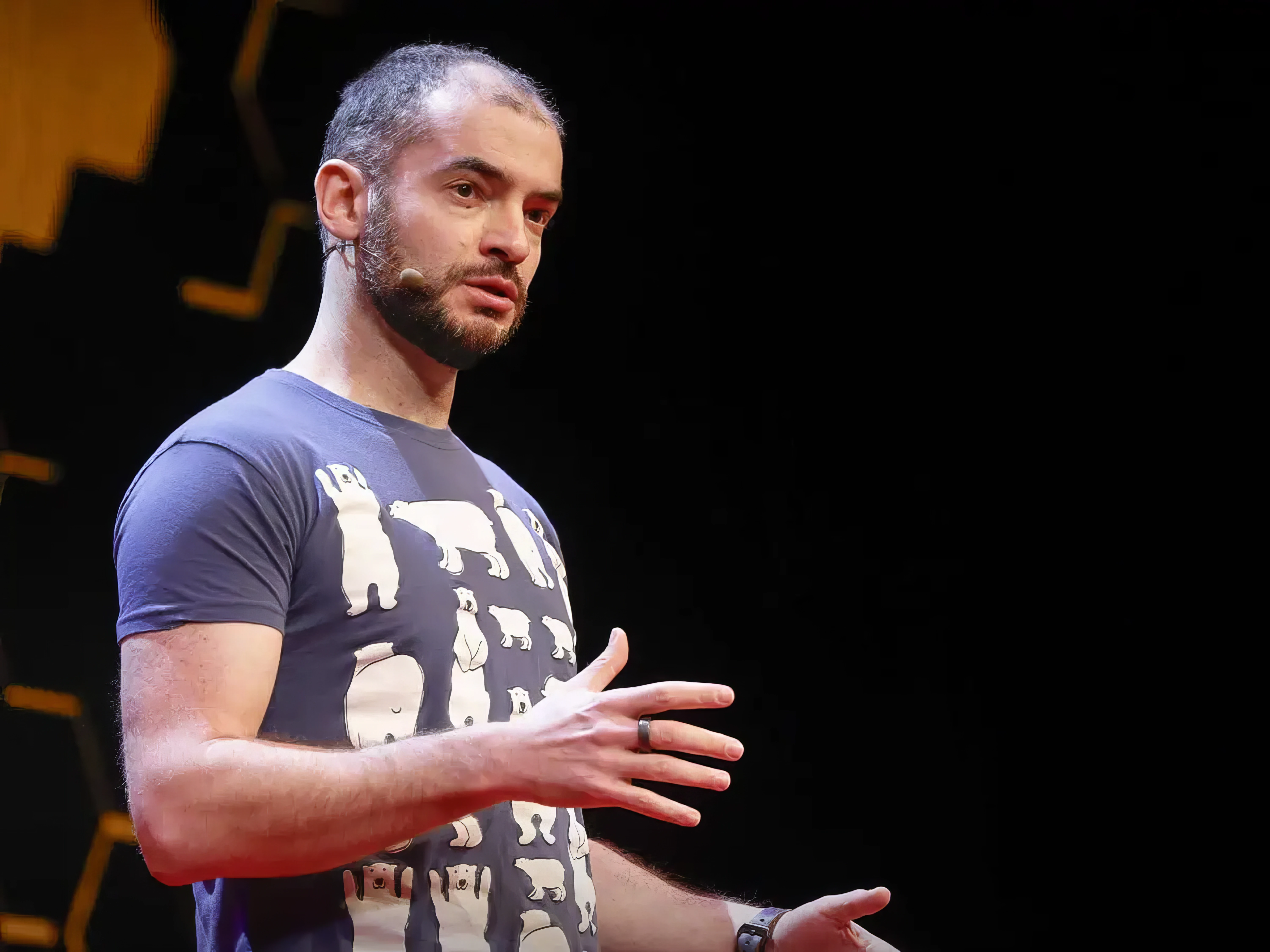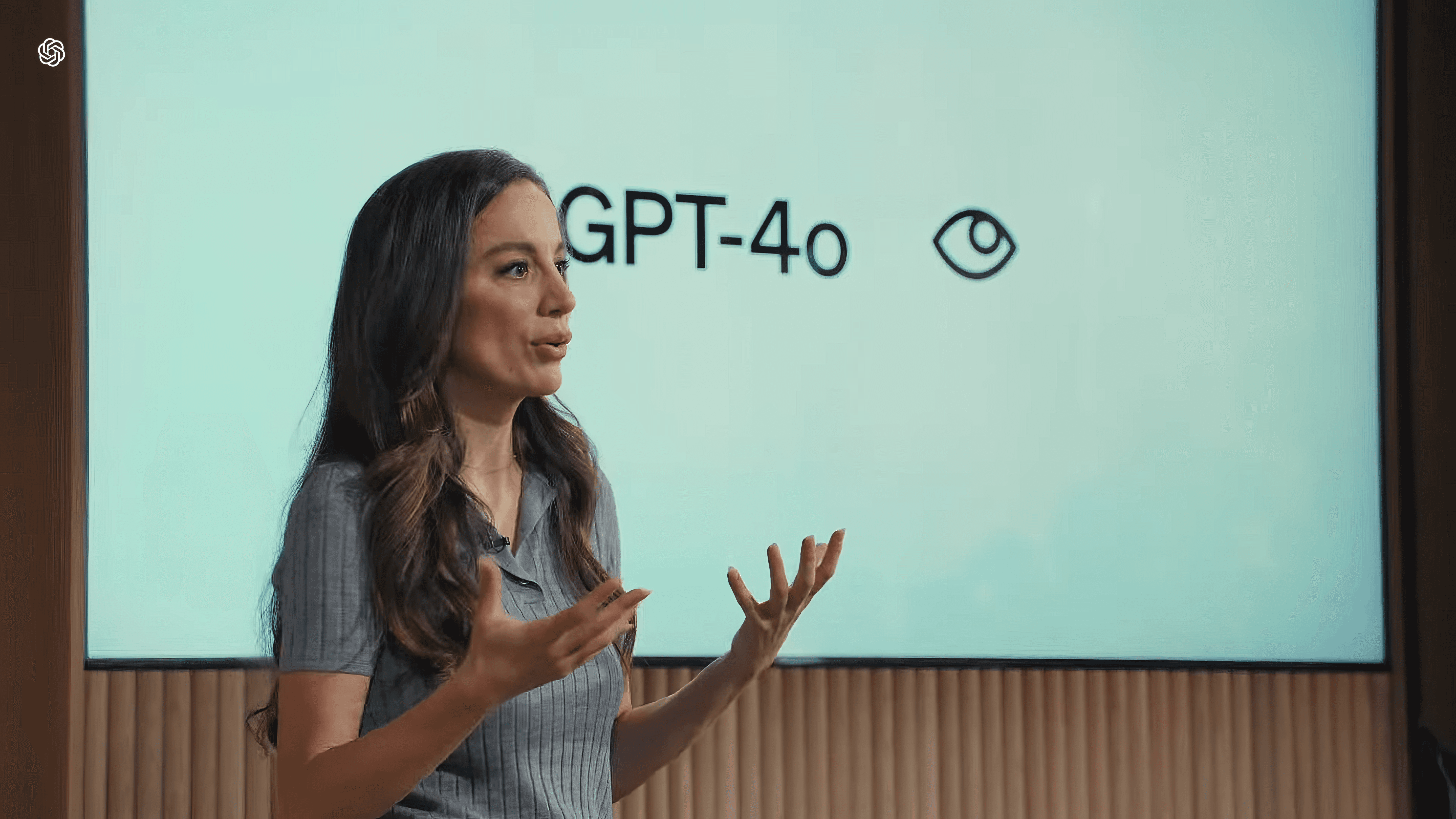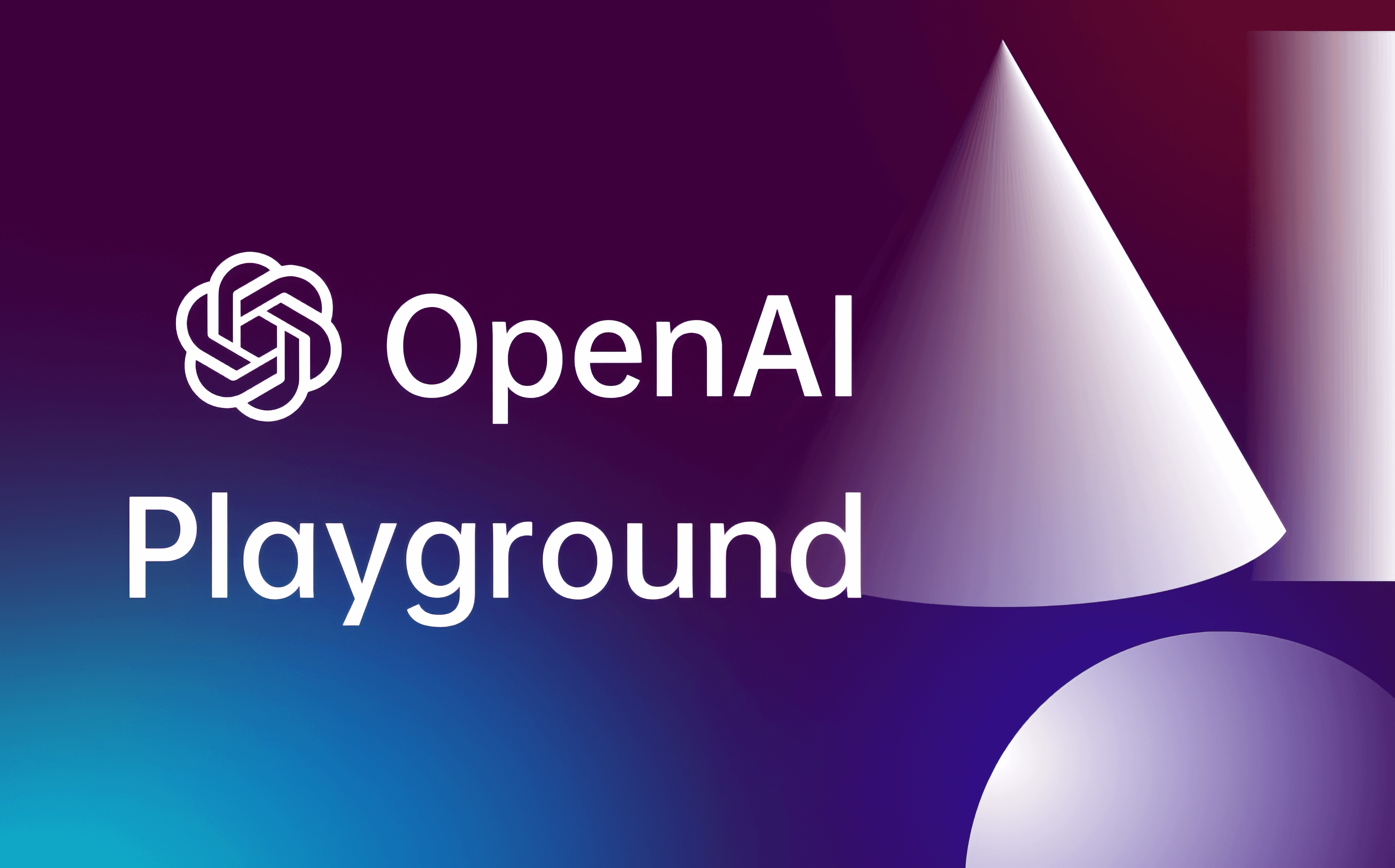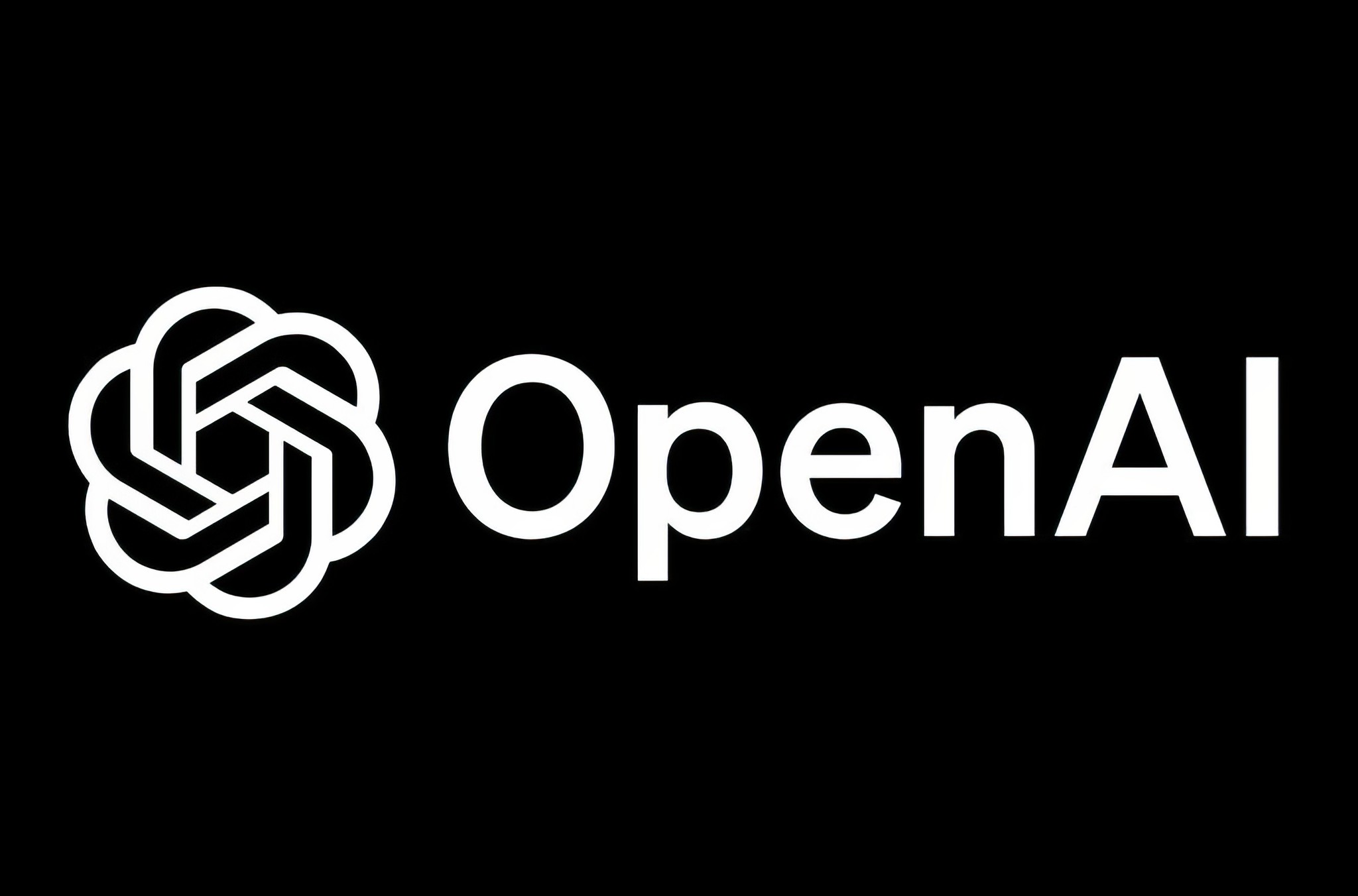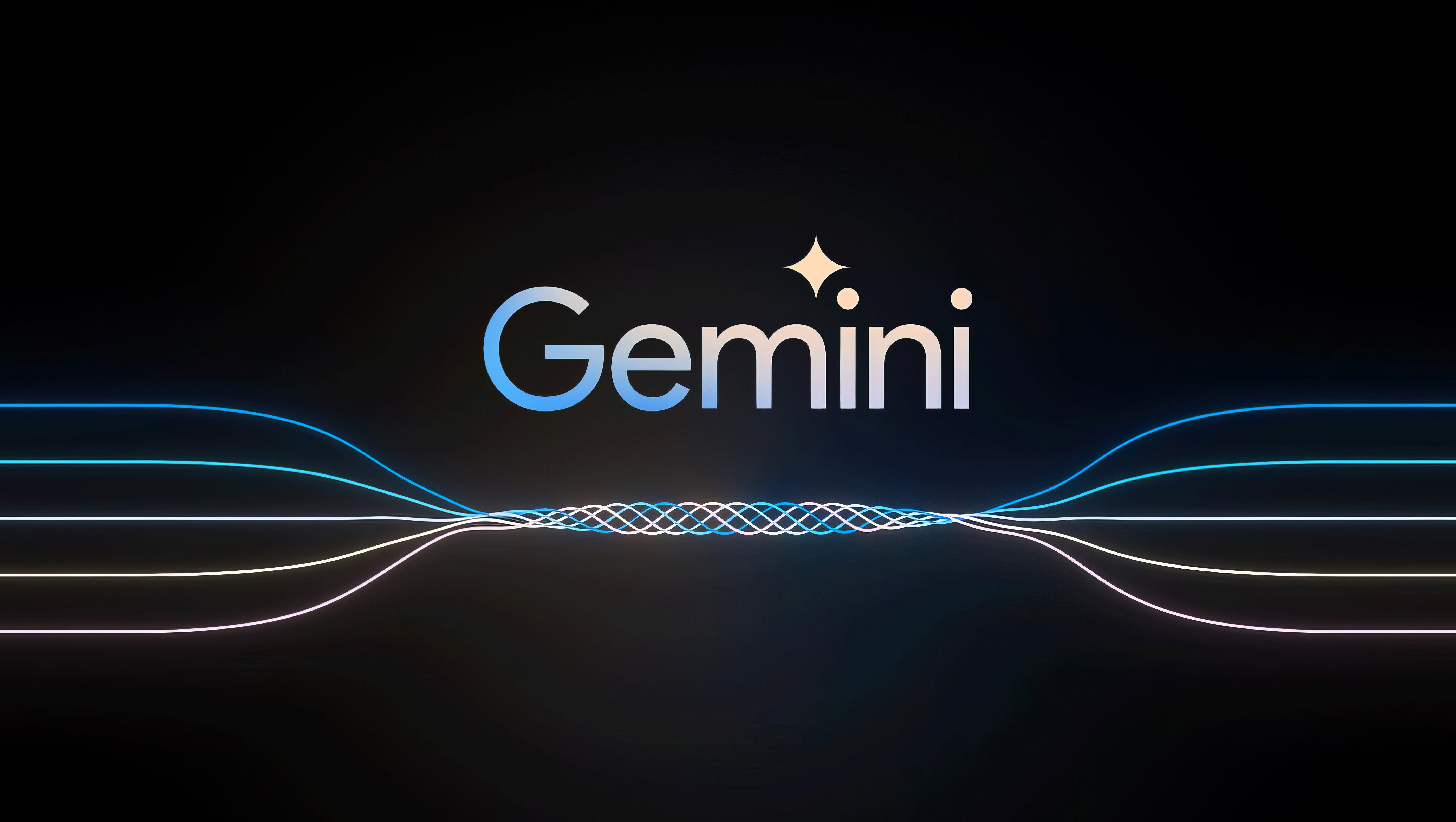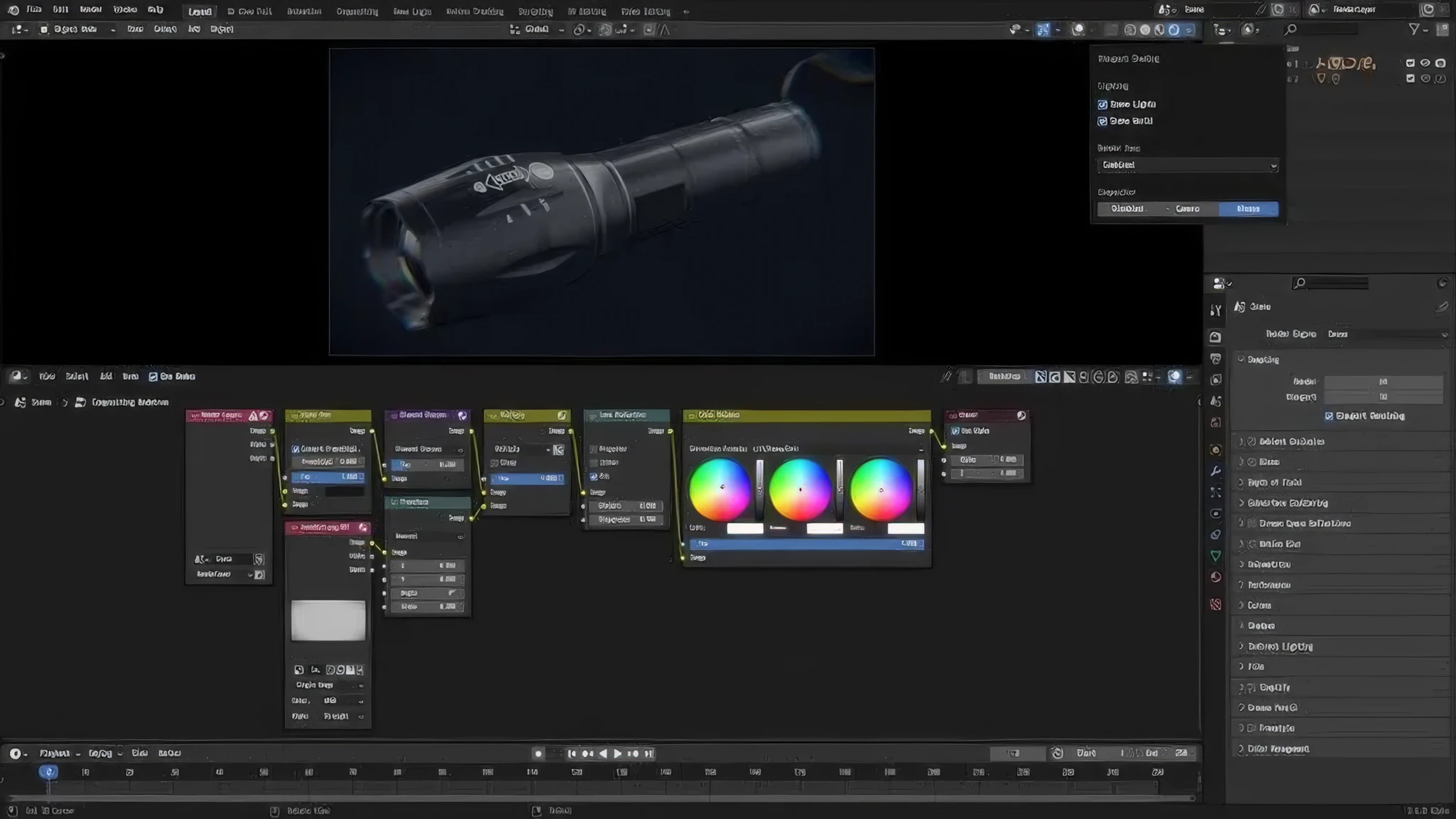[BY]
Dmytro Kremeznyi
[Category]
AI
[DATE]
Nov 6, 2024
AI lets Osmo capture and recreate scents, enabling a new sensory dimension to digital experiences.
Osmo, an olfactory technology company, has made a breakthrough in remote scent transmission using artificial intelligence. Known as “olfactory teleportation,” this new technology enables scents to be transferred instantly to different locations, creating unique opportunities for people to experience aromas from afar. Osmo achieves this by using gas chromatography-mass spectrometry (GC/MS) to capture and analyze the specific molecules of a scent. The scent data collected is then sent to a molecular printer that combines chemicals to recreate the original scent, all without the need for manual adjustments.
Reproducing specific scents has typically required skilled adjustments to blend the right chemicals accurately. However, with Osmo’s new, fully automated system, the process is now faster and more precise. The key to this innovation is Osmo’s Principal Odor Map—a database that connects particular molecular structures with their related scents. This map allows Osmo to predict and recreate smells reliably, enhancing the accuracy and consistency of “scent transmission.”
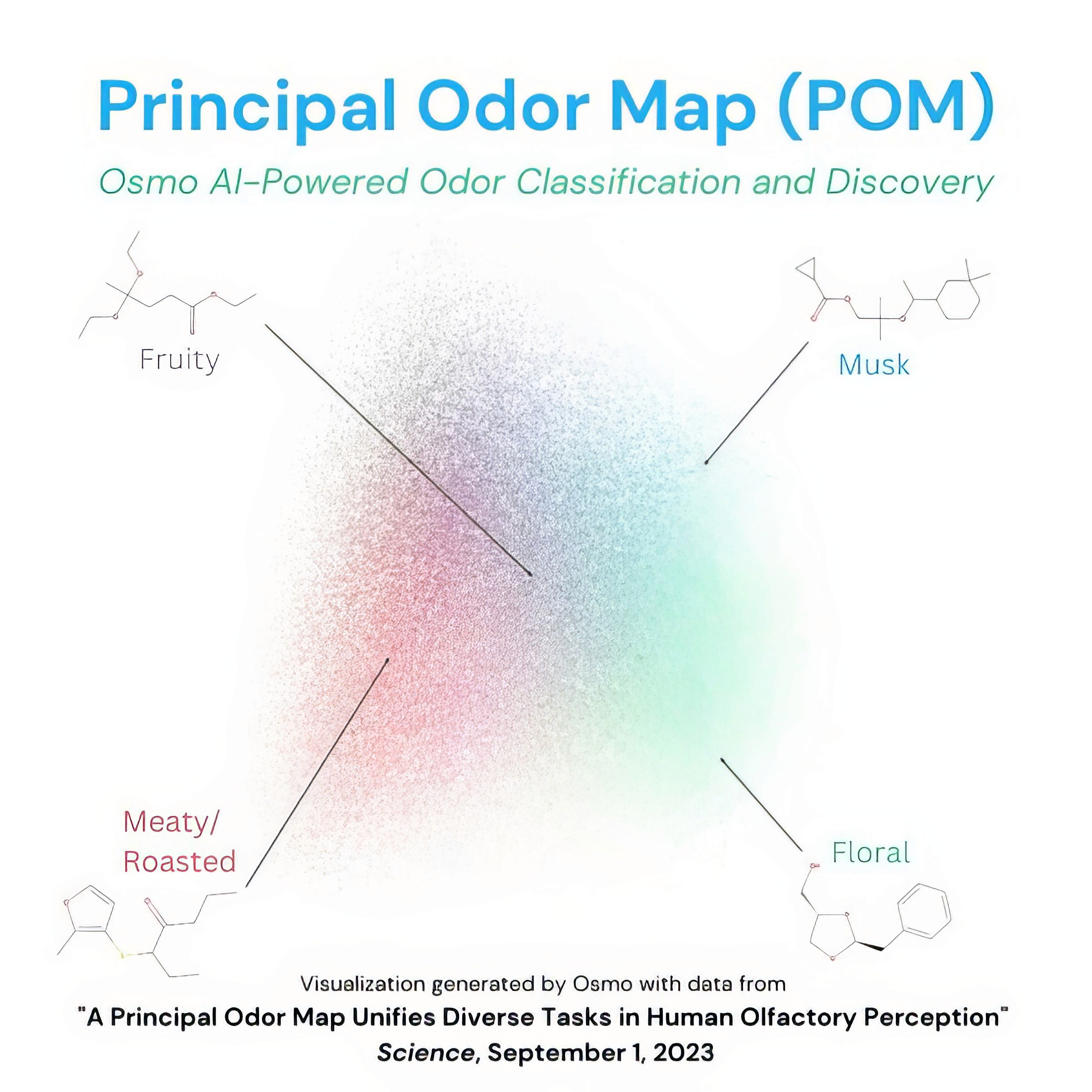
Recently, Osmo’s CEO, Alex Wiltschko, announced the company’s first successful automated scent reproduction: the aroma of fresh summer plums. Wiltschko shared that experiencing the scent provided a noticeable mood boost, demonstrating how digital scents could impact daily life positively. This achievement shows Osmo’s progress in creating high-quality, automated scent experiences.
AI plays an essential role in Osmo’s technology, allowing the company to process vast amounts of aroma data. This AI-driven approach not only makes scent reproduction more accurate but also opens up possibilities for designing entirely new scents. This capability could significantly impact the fragrance industry by introducing new ways to create and share unique aromas.
The potential applications of remote scent transmission are extensive. Imagine virtual reality experiences that include not only visuals and sound but also smells that match the environment. This added dimension could make virtual worlds feel more immersive, enriching everything from virtual tourism and gaming to educational simulations. In healthcare, Osmo’s technology could assist those who have lost their sense of smell or support medical diagnostics, where certain scents may aid in detecting specific health conditions.
Another possible application is “scent sharing,” where people might be able to send the fragrance of a favorite flower or the smell of the ocean to someone across the world. While there might be intellectual property concerns around sharing branded perfumes, the idea of remotely sharing scents offers a new way to connect with others.
Content
